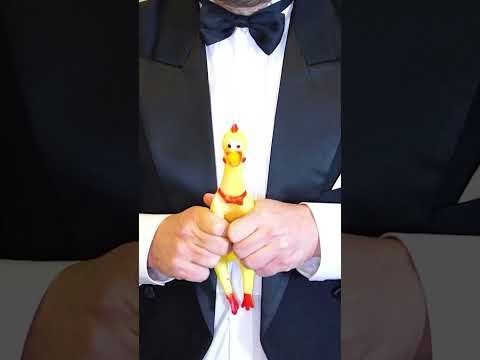Unknown a-subverticillata-rust-gall
Unknown a-subverticillata-rust-gall - A not applicable, integral gall found on the lower leaf/flower/stem.
That's a weird one! It looks to be a rust gall, which are formed by fungi. You should upload your finding to gallformers (www.gallformers.org/gall/3482) so there can be a second observation of it!
25.07.2025 16:57 — 👍 2 🔁 0 💬 0 📌 0
go.bsky.app/8zZNEGV
Great resource to connect early career folks with more senior scientists looking to hire postdocs! 🧪
17.07.2025 03:41 — 👍 88 🔁 61 💬 16 📌 1
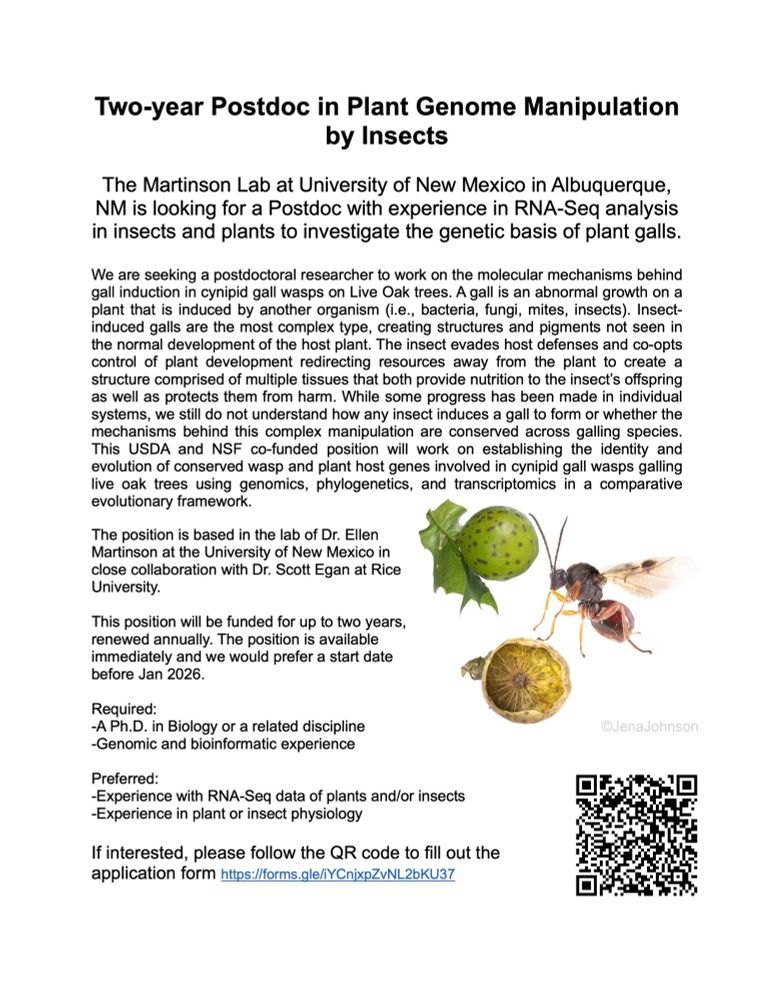
Hey #Evol2025 - My colleague @waspvenom.bsky.social and I are looking for a postdoc for our #NSF - #USDA funded grant to understand the genetic basis of gall formation! Please see that attached ad, and feel free to talk to me @evolmtg.bsky.social, or contact Dr. Ellen Martinson directly!
21.06.2025 19:44 — 👍 34 🔁 23 💬 0 📌 2
If you see this post a flower🪷
The Rocky Mountain Irises are blooming in Northern New Mexico!
01.06.2025 15:18 — 👍 16 🔁 4 💬 0 📌 1
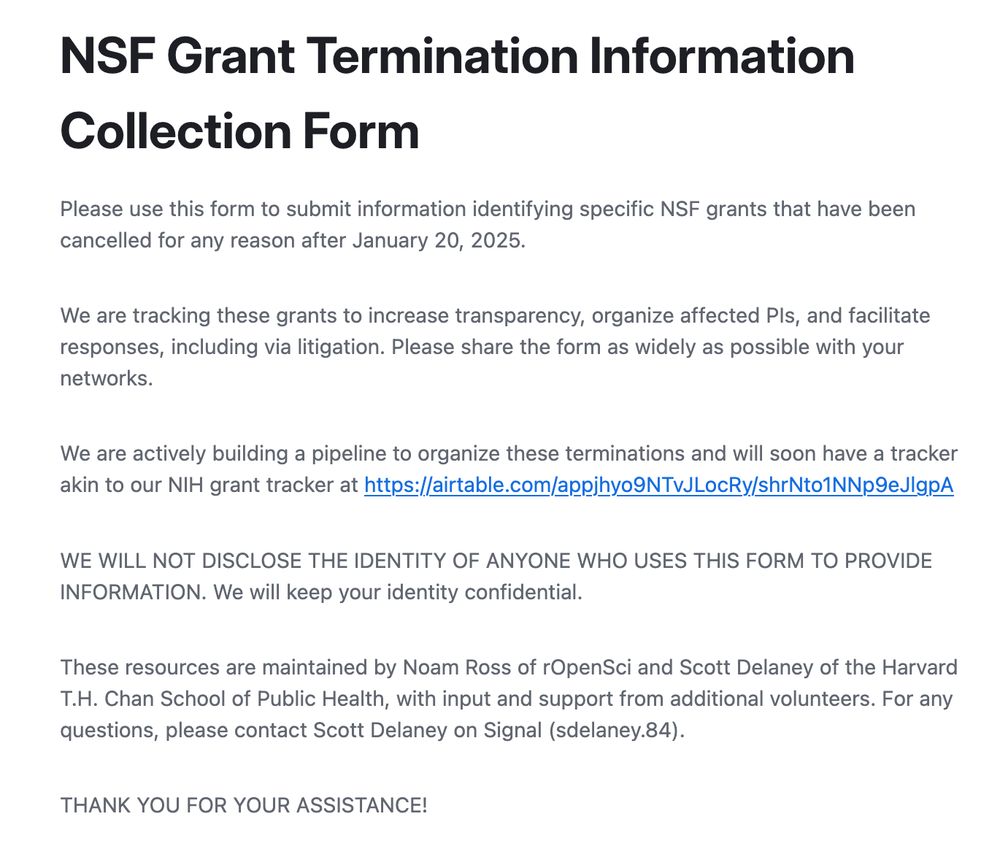
NSF Grant Termination Information Collection Form
Please use this form to submit information identifying specific NSF grants that have been cancelled for any reason after January 20, 2025.
We are tracking these grants to increase transparency, organize affected PIs, and facilitate responses, including via litigation. Please share the form as widely as possible with your networks.
We are actively building a pipeline to organize these terminations and will soon have a tracker akin to our NIH grant tracker at https://airtable.com/appjhyo9NTvJLocRy/shrNto1NNp9eJlgpA
WE WILL NOT DISCLOSE THE IDENTITY OF ANYONE WHO USES THIS FORM TO PROVIDE INFORMATION. We will keep your identity confidential.
These resources are maintained by Noam Ross of rOpenSci and Scott Delaney of the Harvard T.H. Chan School of Public Health, with input and support from additional volunteers. For any questions, please contact Scott Delaney on Signal (sdelaney.84).
THANK YOU FOR YOUR ASSISTANCE!
🚨Report your NSF grant terminations! 🚨
We are starting to collect information on NSF grant terminations to create a shared resource as we have for NIH. The more information we collect, the more we can organize, advocate, and fight back! Please share widely!
airtable.com/appGKlSVeXni...
19.04.2025 00:11 — 👍 642 🔁 664 💬 7 📌 50
The Democrats on the House Science Committee have set up a website to collect stories from fired federal employees, anonymously if desired. Please amplify. (This helps the lawyers establish standing for bringing legal cases against the administration!)
democrats-science.house.gov/sciencefirings
19.02.2025 06:24 — 👍 2270 🔁 1955 💬 13 📌 47
I lost my job at the National Science Foundation yesterday, along with 167 of my colleagues, including some dear friends. This was the best job I've ever had, and I thought it would be my last. The PI community has been sympathetic and supportive, without exception. I will miss working for you.
19.02.2025 12:47 — 👍 13135 🔁 2075 💬 586 📌 82

Untangling host specialization in a “double dark taxa” system
Abstract. Platygastrine wasps (Hymenoptera: Platygastridae) are parasitoids of gall midges (Diptera: Cecidomyiidae). They and their hosts are exceptionally
Gall midges and their parasitoids are abundant, megadiverse, and very hard to identify! Such "double dark taxa" systems present special challenges for ecology and agriculture. 🧵🧪🐙 @smnstuttgart.bsky.social @marinamoser.bsky.social @krogmann.bsky.social doi.org/10.1093/aesa...
12.02.2025 23:01 — 👍 67 🔁 24 💬 3 📌 4
Posted with alt text 🧪
06.02.2025 23:31 — 👍 199 🔁 144 💬 4 📌 4

“Dead” plant stuff hold food for birds during winter, when food is scarce. Galls such as this goldenrod gall have insect larvae in them. You can see who knows what to do … 😊. My tiny brush again 🤓.
This painting shows a cute downy woodpecker pecking on a goldenrod gall to get wasp larvae in winter.
#birdsinart #botanicalart #naturalhistoryart #SciArt #natureart #conservation #oneearth
“Dead” plant stuff hold food for birds during winter, when food is scarce. Galls such as this goldenrod gall have insect larvae in them. You can see who knows what to do … 😊. My tiny brush again 🤓.
#birdsinart #botanicalart #naturalhistoryart #SciArt #natureart #conservation #oneearth
07.01.2025 20:18 — 👍 309 🔁 41 💬 11 📌 2
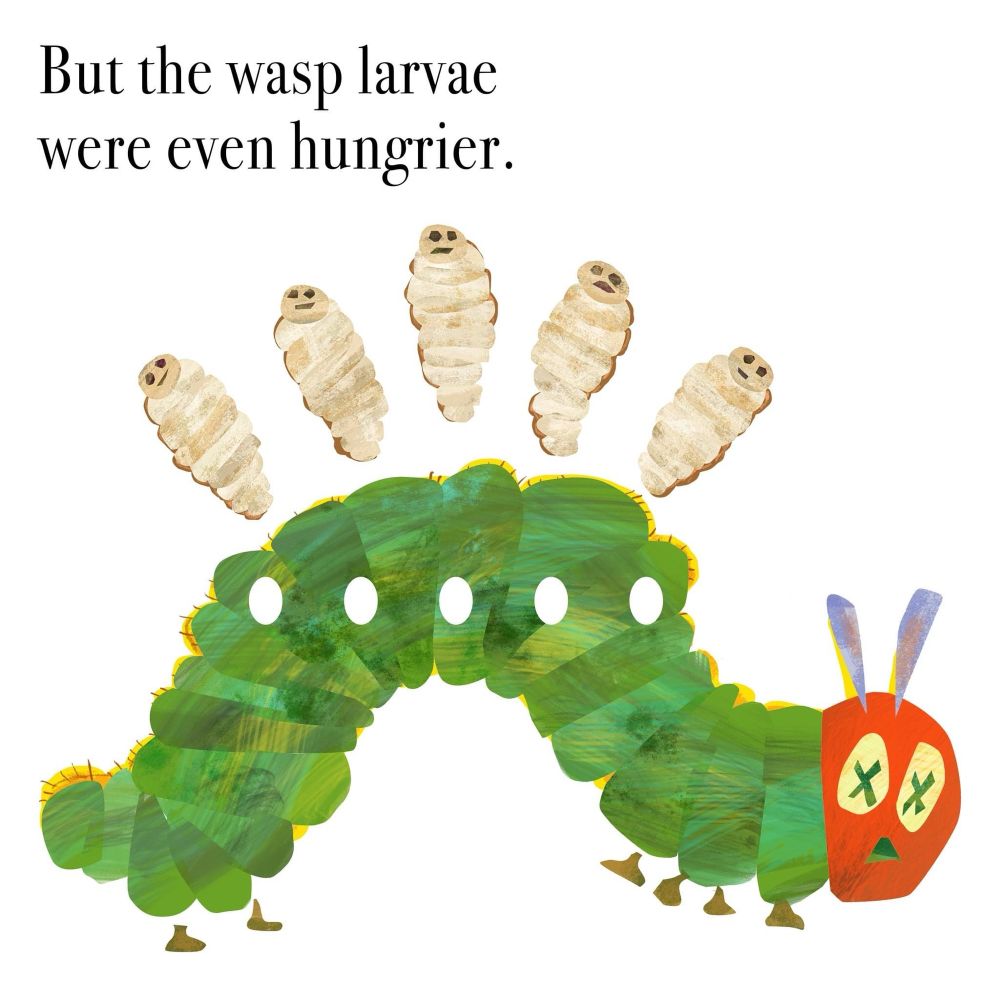
Parasitoids FTW!!! Illustration in homage to Eric Carle by Sloan Tomlinson
20.10.2024 05:52 — 👍 158 🔁 41 💬 3 📌 2
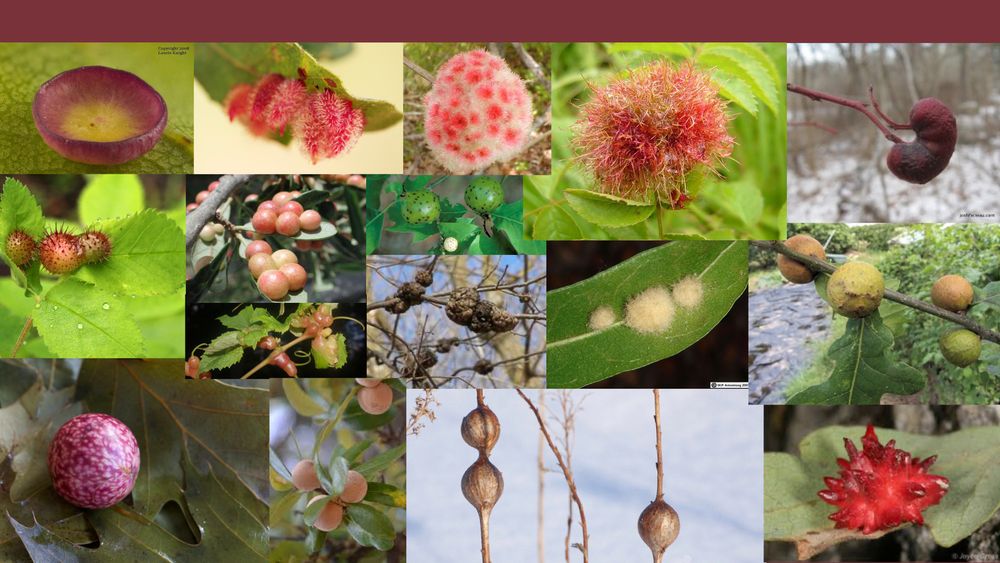
Many examples of the diversity in morphology of insect induced galls from hairy to colorful to spiky.
Why do insect galls have such varied shapes even among closely related species?? The Enemy Hypothesis, posits that pressure from parasitoids drives the dynamic evolution of external gall traits. We have a new paper in @rsocpublishing.bsky.social on this hypothesis see more in this 🧵! 🧪 #galls
17.12.2024 05:00 — 👍 49 🔁 21 💬 3 📌 1
Additionally it shows the importance of collecting guild information when studying these communities. End 🧵
17.12.2024 05:00 — 👍 3 🔁 0 💬 0 📌 0
These insights enhance our understanding of the evolutionary dynamics between galling insects and their parasitoids and highlight the broader ecological implications of symbiotic interactions as drivers of biodiversity and ecosystem complexity.
17.12.2024 05:00 — 👍 2 🔁 0 💬 1 📌 0

Conversely related gall species with the same gall morphology had consistent parasitoid guilds even though the taxonomy of the community changed
17.12.2024 05:00 — 👍 2 🔁 0 💬 1 📌 0

We also searched for other studies that had guild data available. We found that in four galling systems (Aciurina flies, oak gall wasps, rose gall wasps, and sawflies) there are significant differences in enemy guild composition in closely related gall inducers with distinct gall morphologies
17.12.2024 05:00 — 👍 2 🔁 0 💬 1 📌 0

So we determined the guilds for as much of the parasitoid community as possible between two closely related galling Aciurina flies with very different external gall morphologies
17.12.2024 05:00 — 👍 1 🔁 0 💬 1 📌 0
We propose that to properly test the EH, you need to consider the ecological interactions with the gall, as certain external traits are better at deterring particular enemy guilds. For example, thick-walled galls defend well against parasitoids with short ovipositors, but poorly against long ones
17.12.2024 05:00 — 👍 1 🔁 0 💬 1 📌 0

Traditionally the Enemy Hypothesis was tested by looking at the differences in parasitoid species between galls with different external morphologies. However, changes only in taxonomy could be from other neutral processes (drift, range expansion, etc) which don’t support the EH
17.12.2024 05:00 — 👍 1 🔁 0 💬 1 📌 0

Many examples of the diversity in morphology of insect induced galls from hairy to colorful to spiky.
Why do insect galls have such varied shapes even among closely related species?? The Enemy Hypothesis, posits that pressure from parasitoids drives the dynamic evolution of external gall traits. We have a new paper in @rsocpublishing.bsky.social on this hypothesis see more in this 🧵! 🧪 #galls
17.12.2024 05:00 — 👍 49 🔁 21 💬 3 📌 1

https://www.artsy.net/article/artsy-editorial-100-year-old-glass-flowers-accurate-rival-real-thing
Today, the collection is housed in a dedicated gallery at the Harvard Museum of Natural History. Where you can see hundreds of plants and a few invertebrates as well! I encourage you all to go see it if you're in the area!
30.11.2024 16:00 — 👍 1 🔁 0 💬 1 📌 0

https://www.gibbesmuseum.org/programs-events/harvard-glass-flowers/838
In the late 1880s, the Blaschkas began making botanical models for the Harvard Botanical Museum and in 1890 they entered into an exclusive, ten-year contract with Harvard to create glass models of flowers and plants
30.11.2024 16:00 — 👍 0 🔁 0 💬 1 📌 0

Some of their models were incredible complex, with glass blowing methods that stump modern artists. Published in 1878, the Catalogue of Glass Models of Invertebrate Animals from H. A. Ward's Natural Science Establishment offered 630 invertebrates, ranging from $0.30 to $6.50.
30.11.2024 16:00 — 👍 0 🔁 0 💬 1 📌 0

From left to right: A photo of a living mauve stinger (Pelagia noctiluca), a jellyfish found in the Mediterranean; the Blaschkas’ glass model; and a Blaschka watercolor. Photos by Drew Harvell and the Muséum d’Histoire Naturelle, Geneva; watercolor courtesy of the Rakow Research Library, Corning Museum of Glass, BIB ID: 122405. From https://www.sciencefriday.com/articles/a-tale-of-two-glassworkers-and-their-marine-marvels/
In 1870s and 1880s, they would make details drawings from live specimens and replicate them in glass with water-soluble pigments for life-like coloring.
30.11.2024 16:00 — 👍 1 🔁 0 💬 1 📌 0

A type of sea slug called the spotted sacoglossan (Caliphylla mediterranea), in glass. Photo by Guido Mocafico, courtesy of the Natural History Museum of Ireland
Last day of #nudivember, thought I’d draw attention to the amazing work of the Blaschka Glass nudibranchs and other invertebrates. Leopold and Rudolf Blaschka, were a father and son team that started making glass eyes, but moved onto making extremely scientifically accurate marine invertebrates
30.11.2024 16:00 — 👍 46 🔁 13 💬 2 📌 1
YouTube video by Vinheteiro
Total Eclipse Of The Heart on the Chicken
Total Eclipse of the Heart Played on Increasingly Smaller Rubber Chickens
29.11.2024 19:44 — 👍 619 🔁 229 💬 53 📌 62
Nature pics and science. Swarthmore, PA, USA. https://colinpurrington.com
Evolutionary genetics. Assistant Professor @ Rutgers—Camden genevalab.io
Correlation is not causation: your daily dose of spurious correlation.
Made with @trotsky.pirhoo.com using Tyler Vigen's charts.
Wrote some books, won some awards. Strong feelings about plants. She/her
Research Scientist at Carnegie Science
Bioinformatics | Bacterial Natural Products | Host-Microbe interactions
🎙️ Critically Speaking with Dr. Therese Markow: a science podcast exposing disinformation & making complex issues clear. Covering genetics, health & society. Listen at https://pulselink.bio/criticallyspeakingpodcast
Research biologist and lover of nature, mostly bacteria, insects and (lately) birds
Founder, CEO, J Craig Venter Institute: Scientist, Author (A Life Decoded: Life at the Speed of Light: The Sorcerer II Expedition), sequenced the first human genome; created the first synthetic cell. Pilot Cirrus SR22T, G7: sailor: SUP surfer: Woodworker
Professor at Indiana University, Department of Biology. Interested in all things microbial symbiosis related & these days, a lot of MGEs
Associate Professor in Behavioural and Evolutionary Ecology at The University of Exeter (Cornwall). Research on parental care, social evolution, life-histories, and broader ecology & conservation. Mostly involving beetles (burying, dung & ground varieties)
retired Entomologist
#Australia #Entomology #Hymenoptera #iNaturalist #Zootaxa
https://www.researchgate.net/profile/John-Jennings-9
climate.nasa.gov/evidence/
Wasp lover
MSc student @ Université de Montréal
Studying the wonderful fairyflies🧚
Professor of Ecology at Royal Holloway University of London | Forest biodiversity and ecosystem functioning | Plant-herbivore interactions | Methods and applications of meta-analysis in ecology
Host of the NPR Network podcast Up From Dust, about ecology & environment in the Midwest & Great Plains. Based at KCUR in Kansas City. https://t.co/lgdus2FRqA
Associate Professor, Department of Biology, Wilfrid Laurier University 🇨🇦
Evolutionary Genetics & Behavioural Ecology #DrosLife #ScienceDoughnuts #JournalKlatch
ORCID: 0000-0002-8708-2728
plant galls - gallformers.org
software
and gadfly to myself
Entomologist (he/him) specializing in Curculionoidea ("weevils", "Rüsselkäfer")
Studying "Biodiversity & Ecosystem Health M.Sc."
📍 Frankfurt (Main) / Germany
https://www.instagram.com/weevil.see/
https://weevil-see.com/
Senior editor @science.org. Molecular biology, #DNA, #RNA, #gene regulation, #epigenetics, nuclear biology, #chromatin biology, 3D #genome, #synbio, #CRISPR and gene editing, other bacterial immune systems, and #AI in all these
NSF PRFB postdoc studying viruses in native sunflowers. Pro-democracy, pro-diversity. She/her.
Professor, Physiological Dynamics, TARA, Univ. of Tsukuba, Japan / Drosophila / Parasitoid wasps / X: TsukubaNiwaLab / 丹羽隆介



















